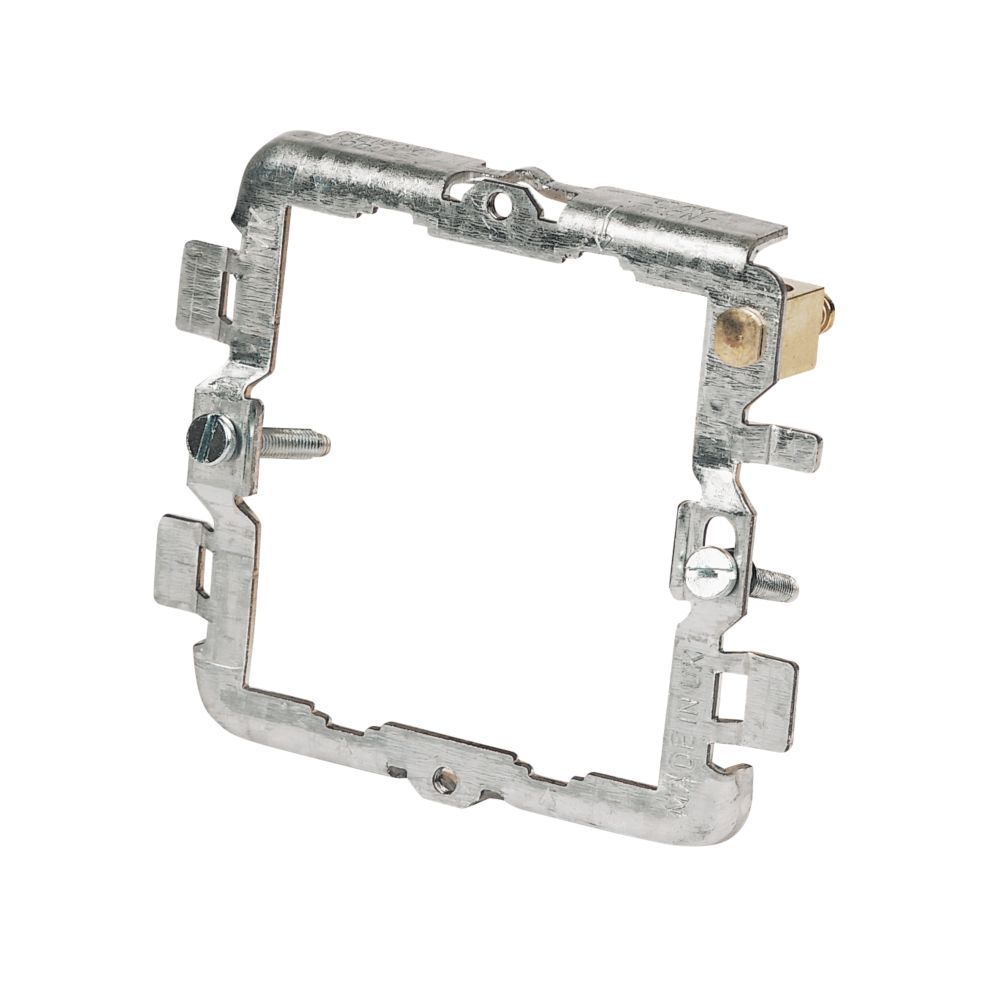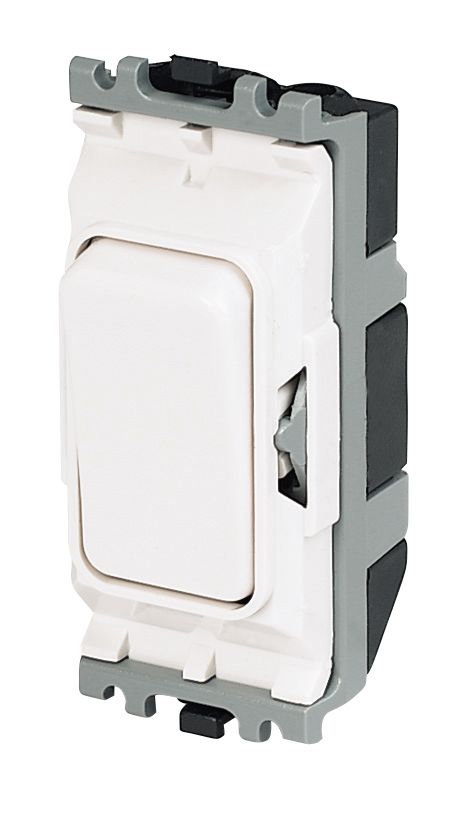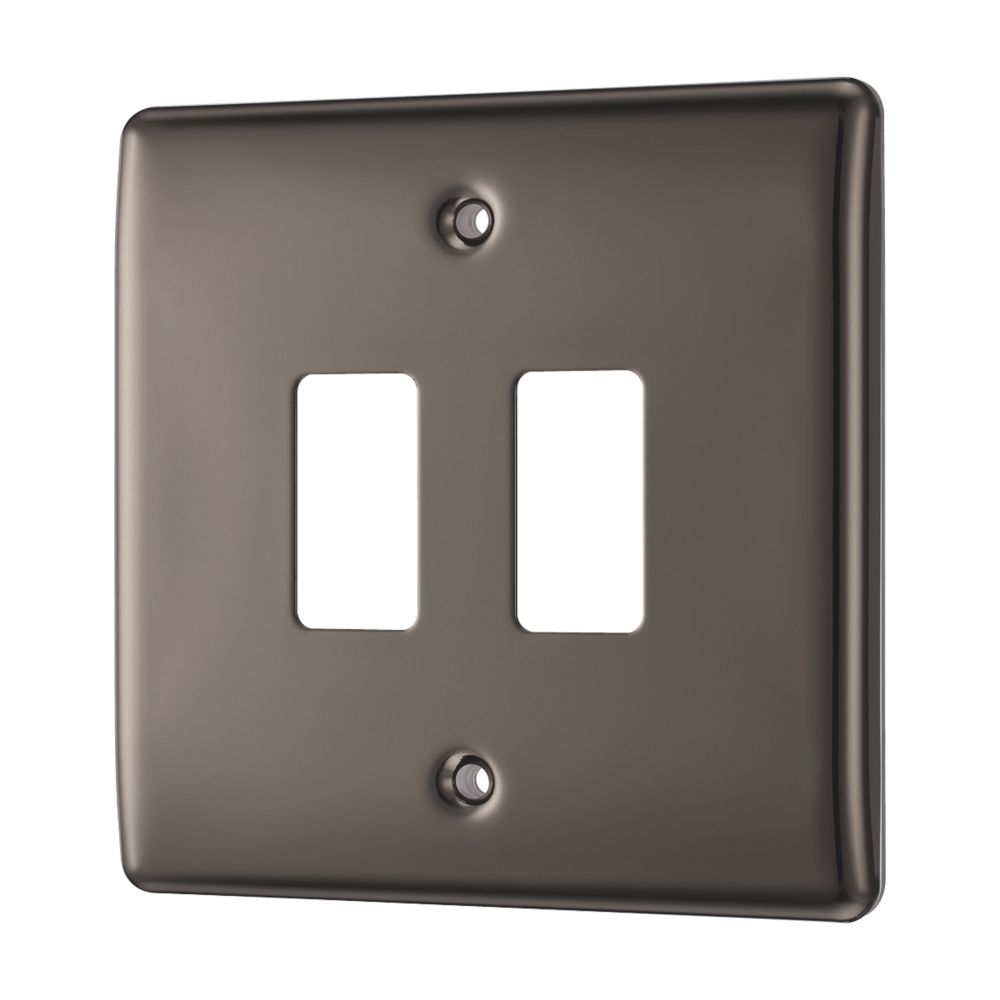Hi,
I'm renovating my kitchen and am planning to add LED light strips (possibly dimmable) under the cabinets, joined with wire between cabinets.
Ideally I'd like to power the LED strips on/off via a switch just beside the main kitchen light switch. The main kitchen lights are currently powered via a one gang switch, and I thought it would be ideal if I could replace that one gang switch with a 2 gang switch to operate the main kitchen light and the cabinet LED lights independently. The switch for the LED strips would power the strips' power supply unit, not an actual light directly. Would that be possible?
If so, I do understand that spurring the switch for the LED strips off the existing main kitchen switch wouldn't be an option as there is no neutral in that switch, so I was wondering: would it be possible to spur the LED lights switch off a nearby wall socket instead (adding a FCU) and power the second switch in the 2 gang switch that way?
Any help would be appreciated.
I'm renovating my kitchen and am planning to add LED light strips (possibly dimmable) under the cabinets, joined with wire between cabinets.
Ideally I'd like to power the LED strips on/off via a switch just beside the main kitchen light switch. The main kitchen lights are currently powered via a one gang switch, and I thought it would be ideal if I could replace that one gang switch with a 2 gang switch to operate the main kitchen light and the cabinet LED lights independently. The switch for the LED strips would power the strips' power supply unit, not an actual light directly. Would that be possible?
If so, I do understand that spurring the switch for the LED strips off the existing main kitchen switch wouldn't be an option as there is no neutral in that switch, so I was wondering: would it be possible to spur the LED lights switch off a nearby wall socket instead (adding a FCU) and power the second switch in the 2 gang switch that way?
Any help would be appreciated.





